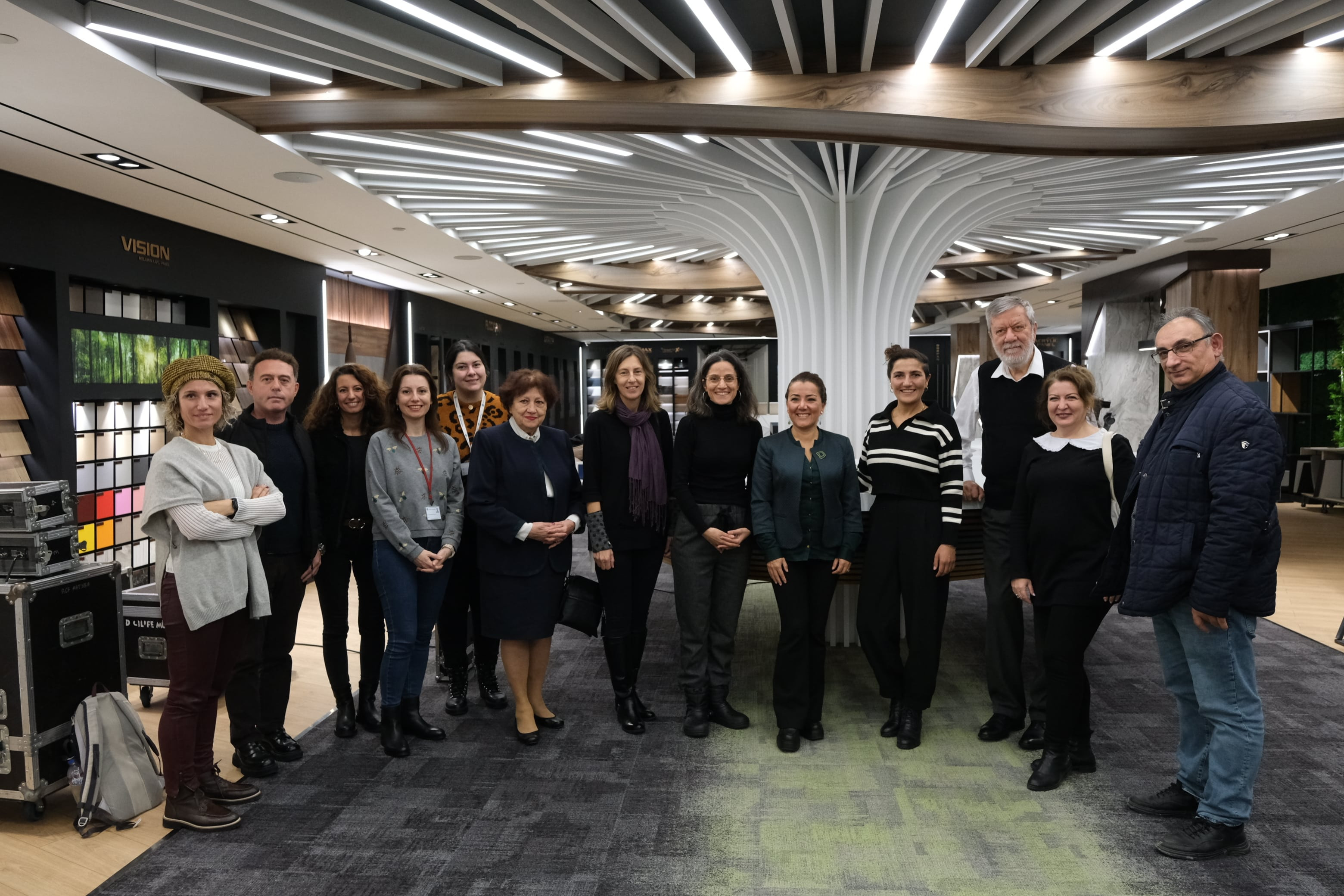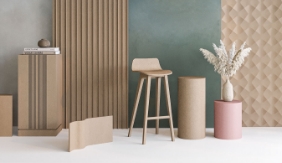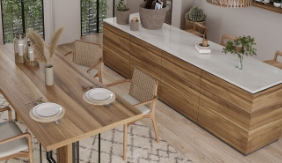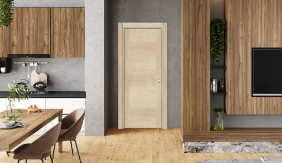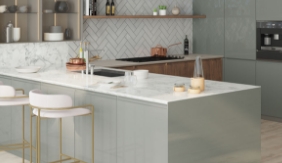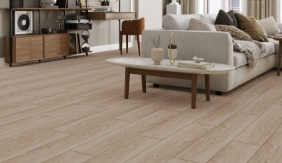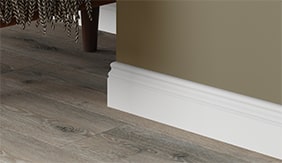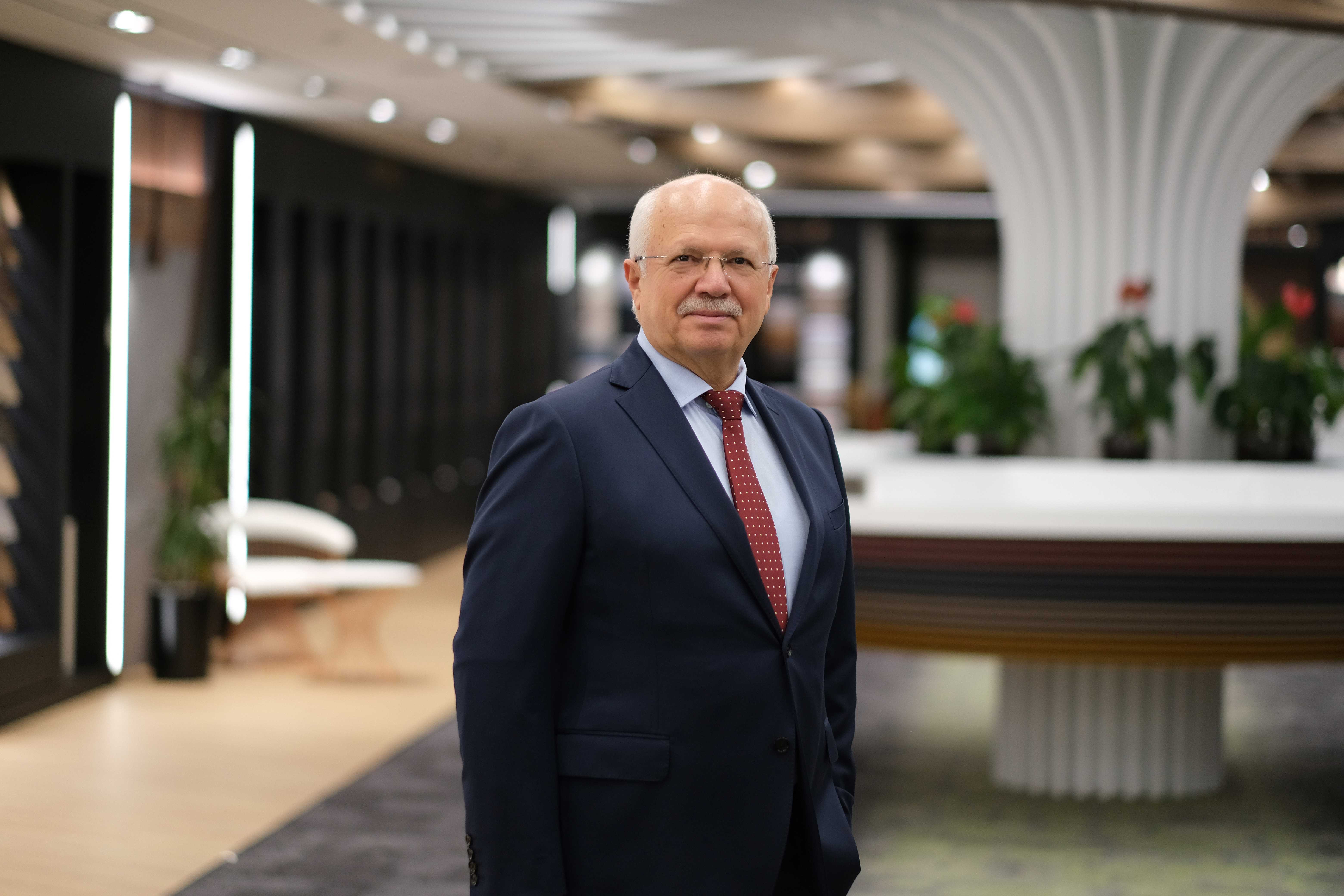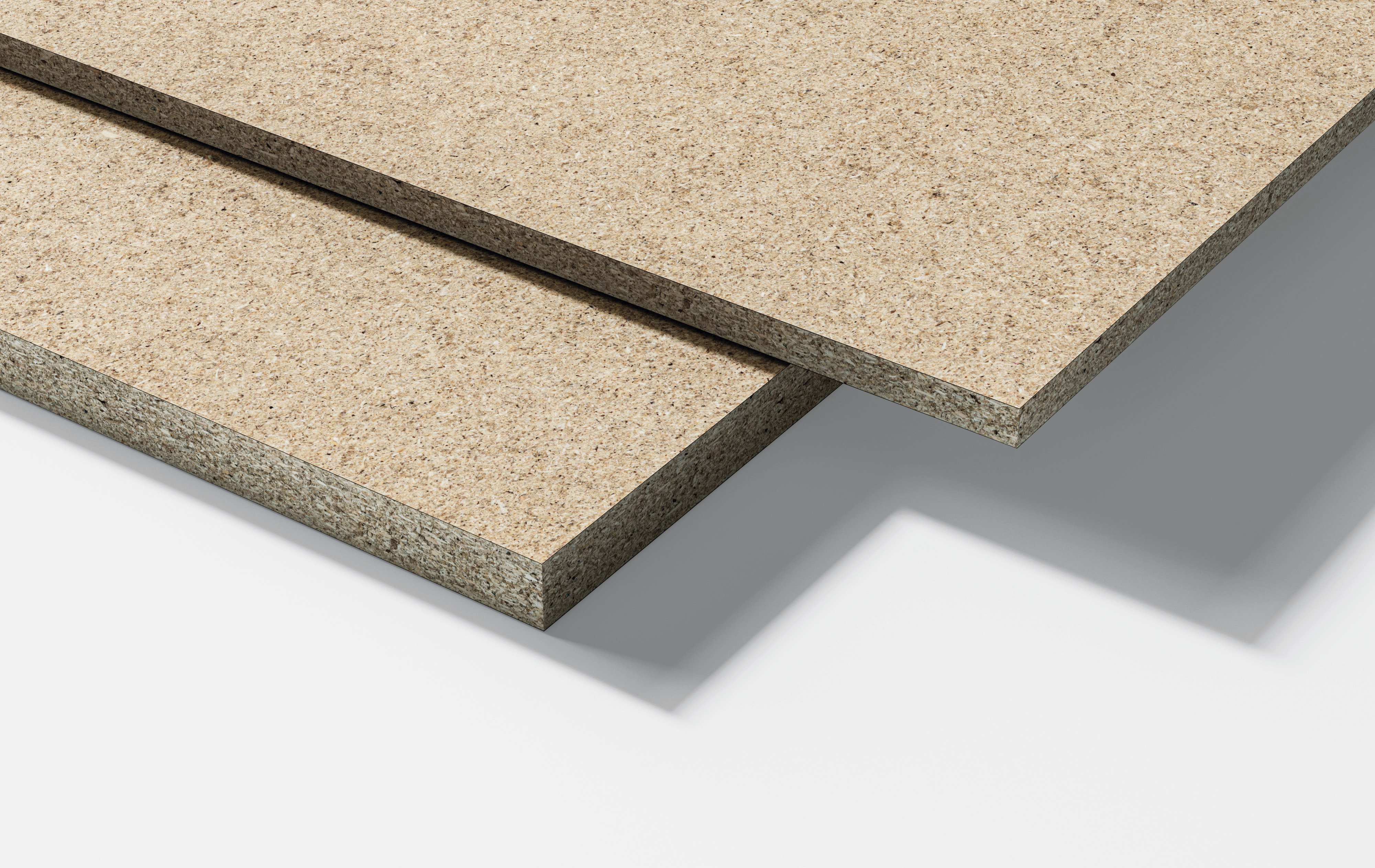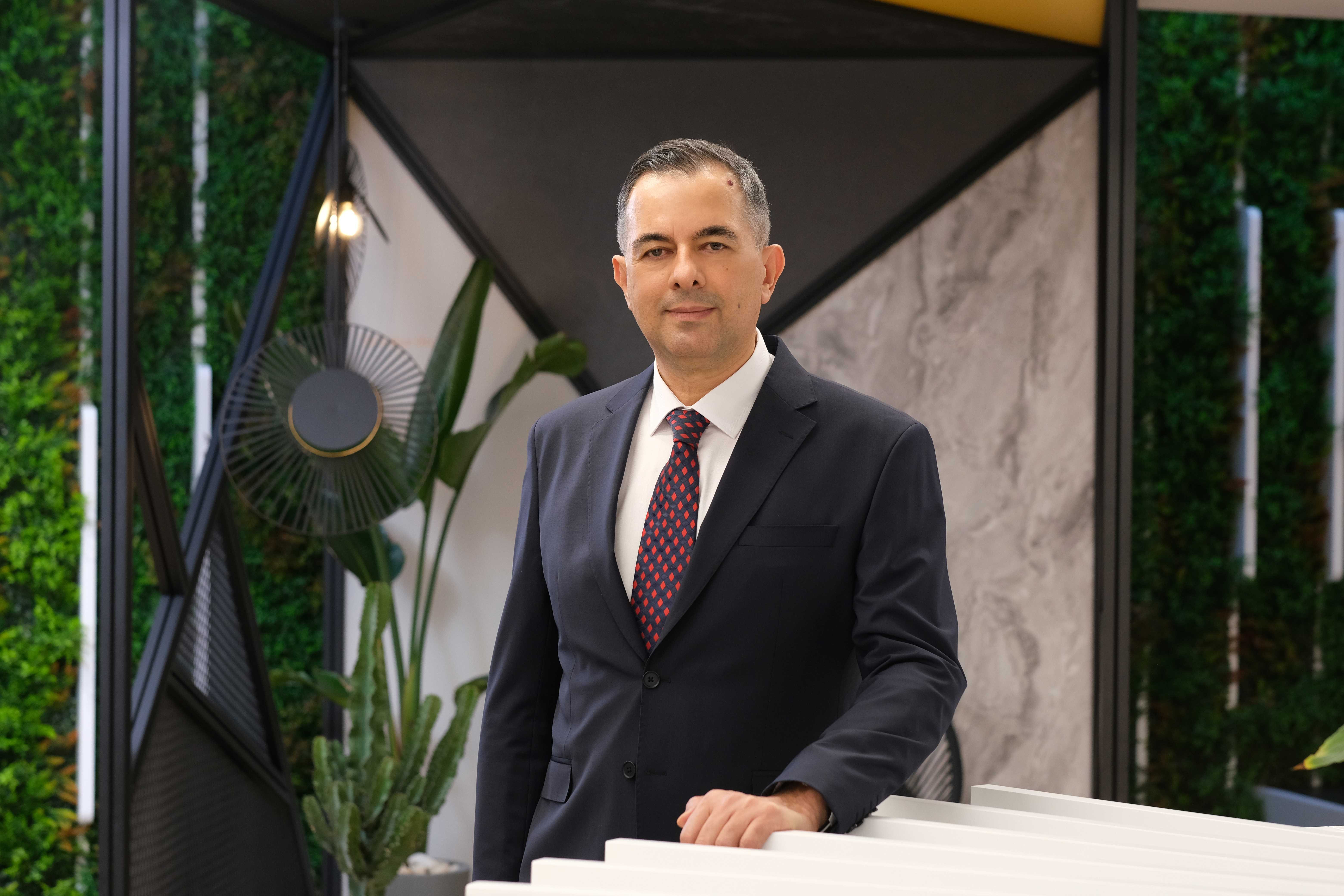Bridging Nature and Life Meetings takes place for the sixth time: Circular Economy: A Must for a Livable World
Kastamonu Entegre hosted the talk on “Circular Production Models and Circular Design” during the sixth session of Bridging Nature and Life Meetings. Yasemin Uluçınar, founder of 9 Villages Social Cooperative and Devridaim Institute, and architect Özgül Öztürk, founder of Döngüsel Design, were featured as speakers in the session where the concepts of circular economy, recycling and upcycling were discussed.
A global brand in the wood-based panel industry, Kastamonu Entegre entertained Yasemin Uluçınar, founder of 9 Villages Social Cooperative and Devridaim Institute, and architect Özgül Öztürk, founder of Döngüsel Design, in the sixth session of Bridging Nature and Life Meetings held at the KEAS Concept Studio. The talk that took place with the huge turnout of audience from architecture and design industries addressed the theme of “Circular Production Models and Circular Design”.
What are circular economy and circular fashion?
In the session that kicked off asking “What is a circular economy?”, the Devridaim Institute's Founder Yasemin Uluçınar shared some insights into sustainability concepts and her works undertaken in this context and said, “There is no such thing as garbage in natural life, all resources are living. So, one species' waste is another species' food. That is what we call a circular economy. The circular economy is a bit like returning to oneself, which is what we do when we individually try to minimize our waste or the amount of waste we produce.” Yasemin Uluçınar stressed that recycling and upcycling are separate concepts, and added that recycling is the re-inclusion of recyclable wastes into the production process through various physical or chemical processes, while upcycling is the re-use of a waste product by adding value through a new process. Indicating that the fashion industry is one of the areas most affected by climate change and ecological crisis, Uluçınar said, “The environmental impact of the fashion industry increases as the lifespan of garments decreases. Based on the data from the United Nations Environment Program (UNEP), 93 billion cubic meters of water is used every year for the fashion industry. And circular fashion is essential to prevent this. Sustainability has three pillars: production, design and consumption. We adapted this to the fashion system and founded the 'Circular Fashion Collective'.”
Journey to becoming the world's number one with circular design
The architect Özgül Öztürk, the founder of Döngüsel Design, says that an architectural structure should exist within the ecological cycles of the geography where it is located, built with local materials in nature and turned into soil in the same place at the end of its life so that the said architectural structure can be respectful to people and nature. Özgül Öztürk, who became the first woman to win both the world's top prize and the grand jury world's top prize in 2016 in the “Terre de Femmes Turkey” contest organized by the Yves Rocher Foundation with her “Life Again in Nimri” project, told the participants about the ecological architecture structure she implemented in Nimri district of Elazığ. “The extraction and use of surplus materials is getting worse year by year, which makes the built environment crucial. As part of respect for human health and the environment, buildings should be built with circular designs that are suitable for waste management, and are composed of bio-based materials, and that nourish the environment and architecture. Here is our motto: we design the future with the wisdom of the past and the technique of today”, said Öztürk, pointing out that only 7.2 percent of the global economy is currently circular.
The Bridging Nature and Life Meetings will continue to bring together architects, interior designers and industry professionals at the KEAS Concept Studio under different topics.
